
Home » Kuvasz History
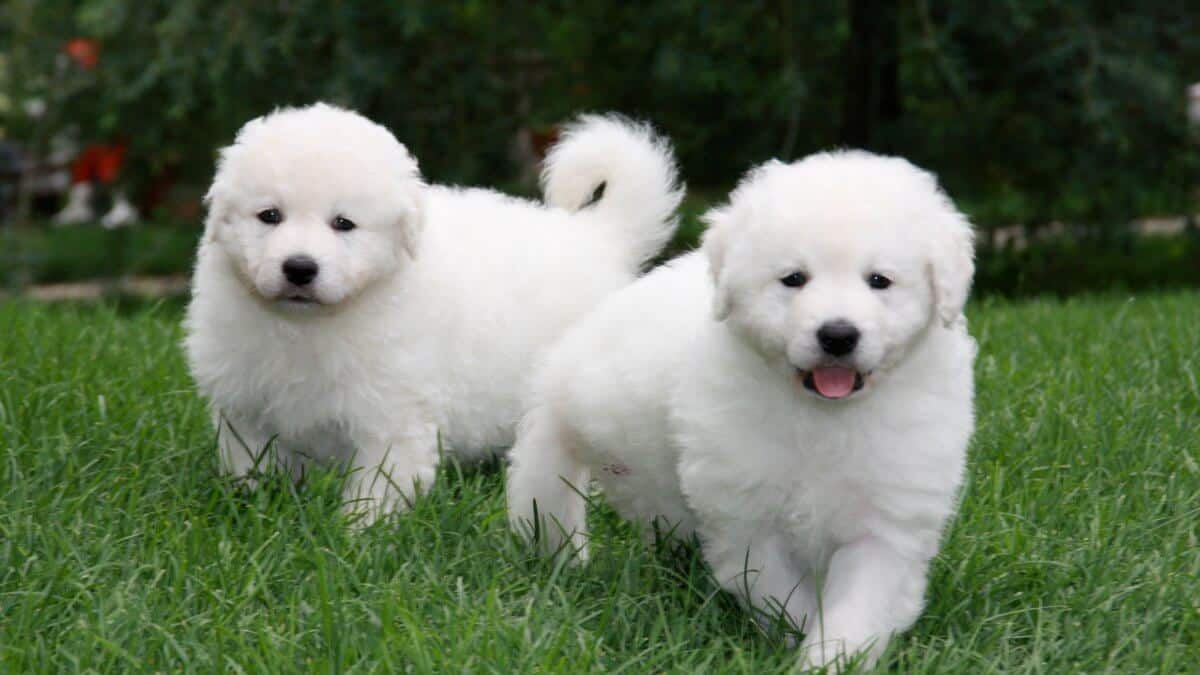
This article was originally published in Showsight Magazine, October 2013 issue.
Although you seldom see an entry of Kuvasz at a dog show or in performance events, archeologists estimate the Kuvasz to be among the oldest of all breeds. Many theories have evolved regarding the history of the Kuvasz but the earliest history is highly speculative. It is certain that the Kuvasz is an ancient livestock-guardian breed that has adapted to a variety of working environments over the centuries, guarding homes and businesses as well as flocks and herds.
The Kuvasz guarded nomads’ livestock as they moved their flocks along trade routes between Europe and Asia. The dogs followed the Magyar people into the Carpathian Basin to settle into present-day Hungary around 955 AD.
The first Kuvasz known to have exhibited in a show was shown in Hamburg, Germany, in 1863, and Kuvasz were entered in a Hungarian dog show in 1865. But it wasn’t until 1921 that a formal standard for the breed was written by Emil Raitsits. After 1921, the number of Kuvasz increased significantly.
By 1935, 1,700 Kuvasz were registered in Hungary. At that time, the standard was revised by Mr. Abonyi, vice president of the Hungarian All Breed Kennel Club and Director of the Budapest Zoo, and Dr. Marki, a veterinarian. Dogs with reddish, wolf-gray, or black were no longer acceptable, nor were dogs with corded coats. For decades, this standard provided guidelines for the Kuvasz breeders.
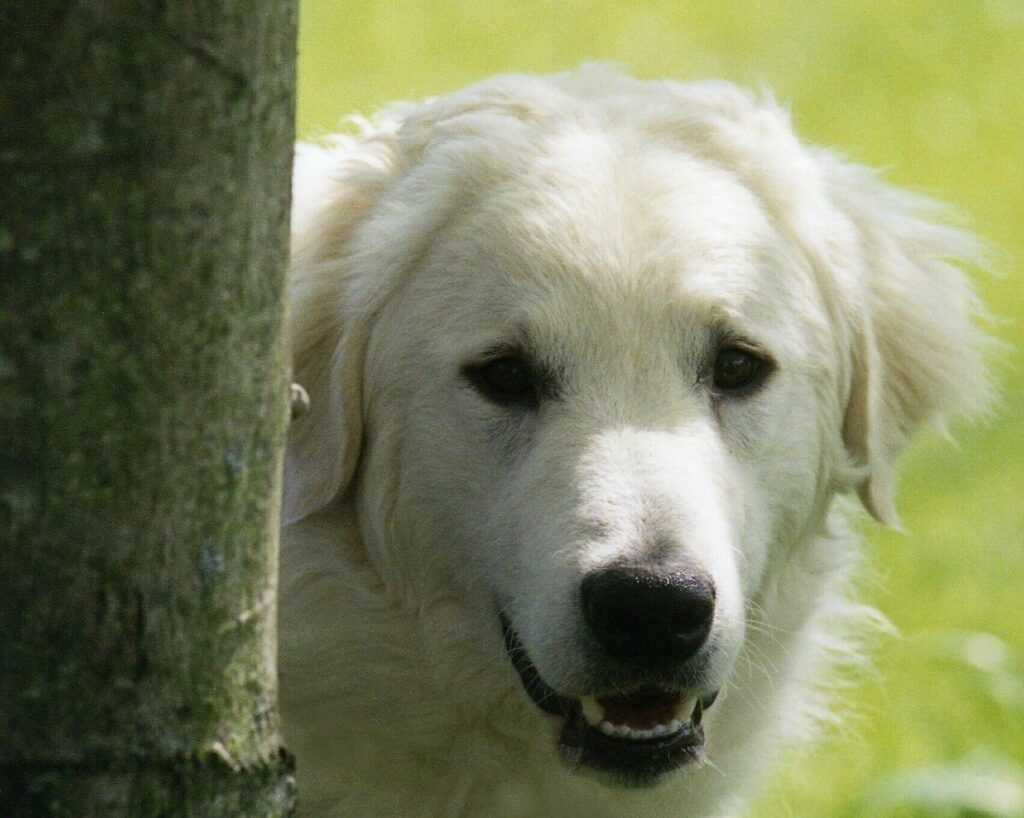
Meanwhile, in the United States, in 1920, the first Kuvasz was imported by a Hungarian couple and placed with Miss Mabel E. Marsh, who registered him with the AKC. She went on to import a female from Hungary and became the first AKC Kuvasz breeder, under the Romance kennel name. During the 1930s, Miss Marsh campaigned tirelessly for AKC recognition of the Kuvasz.
In 1935, she entered her four American bred Kuvasz, the first to be shown at Westminster, even showing two dogs as a brace. She topped it off by driving the entire four-dog team around the ring. That year, the AKC approved the breed standard, and in October of 1936, Ch. Gilda of Romance, bred by Miss Marsh, became the first AKC Kuvasz champion. The first Kuvasz Club in America was established in 1939, although there were still few Kuvasz in the United States.
During the 1930s, Mr. and Mrs. Ziegler of Manchester, Pennsylvania, imported two German Kuvasz and began breeding. However, from 1940 to 1966, only five Kuvasz earned AKC championships.
Sadly, the breed was devastated during World War II. After the war in Communist Hungary, a factory manager wanted Kuvasz to guard the property but a search of the country found less than 30 dogs remaining. Of those, most didn’t have proof of registration or a formal pedigree. Several dedicated breeders selected white dogs that looked like Kuvasz. They also imported dogs from German breeders and began to resurrect the breed.
In 1954, the Hungarian breeders revised the Kuvasz standard and submitted it to the FCI for approval. Due to their efforts, the breed was firmly reestablished in Hungary and in a number of other nations, including the United States. Following the Hungarian standard, the appearance of the Kuvasz was standardized.
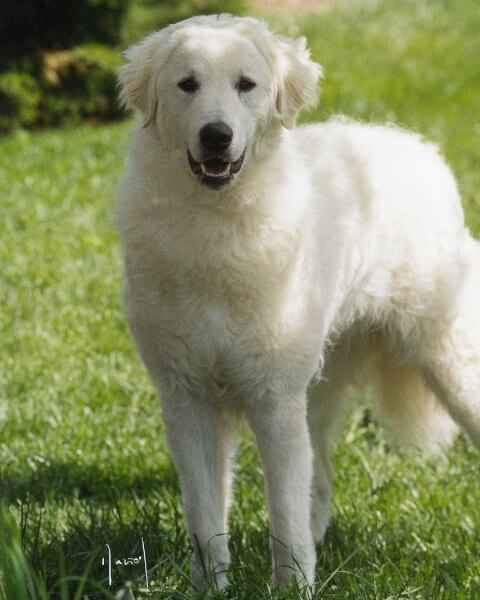
During the 1960s and ‘70s, so few Kuvasz exhibited in the U.S. that the breed qualified for the AKC Sexes Combined class, producing 12 champions between 1966 and 1969. Despite limited breeding stock, dedicated American breeders began to expand the breed. Dana Alvi was one of these breeders, and she led the charge in establishing the Kuvasz Club of America (KCA) on April 30, 1966. These breeders worked together to encourage and promote the breeding of quality Kuvasz.
Interest in the Kuvasz and exhibition at AKC shows expanded during the 1970s and ‘80s, with 214 dogs achieving their championship. In 1972, a male earned a Group 4, and in 1974, a female earned a Group 1. Finally, on July 10, 1977, Ch. Hamralvi Heimdall Odin, bred by Dana Alvi, became the first Kuvasz to win an AKC Best in Show. Since then, a number of Kuvasz have excelled in the show ring, becoming nationally ranked.
In 1933, the AKC recognized the KCA as the official parent club of the breed, and the KCA held the first Kuvasz National Specialty, with an entry of over 100 dogs—the first annual celebration of this wonderful breed.
Today, Kuvasz can be found guarding flocks and homes in the U.S., as they have done in Europe and Asia for thousands of years. They also compete in conformation, obedience, rally, agility, tracking, carting, and even coursing. They are therapy dogs and assistance dogs, and of course, loyal family pets and personal companions.
Yet the disquieting truth is that today there are only about ten well-established Kuvasz breeders in the U.S. Of these breeders, the majority produced approximately one to two litters a year. Many breeders keep only one puppy from a litter, new show prospects may not turn out, and sometimes good dogs are placed in a home where they are supposed to be shown but end up spayed or neutered. The result is fewer Kuvasz being shown in conformation each year.
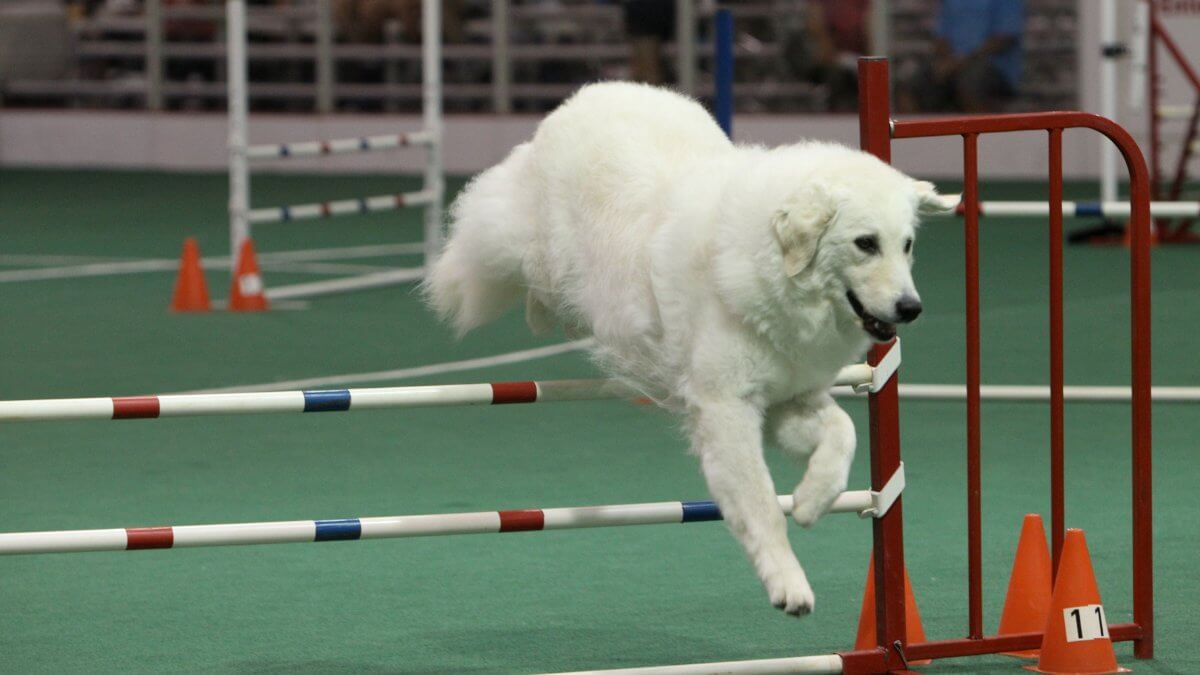
Upcoming AKC judges may have a difficult time finding entries to support their judging applications for the breed. Current judges will seldom see an entry of more than a couple dogs, if any. From 2009 through May 2012, 72 Kuvasz have completed their AKC championships, with only 14 Grand Champions.
It’s difficult for exhibitors to find majors. Annually, the largest majors are usually at the KCA National Specialty and the subsequent shows. With fewer champions being finished, future breeding stock is reduced. Structural issues or failure to pass health clearances further reduces breeding potential.
Few breeds have a gene pool as small as the Kuvasz. This small gene pool creates an extremely challenging environment for our dedicated breeders to continue to produce great dogs. Unlike many working breeds that have hundreds or more stud dogs to choose from, the Kuvasz breeder today probably only has a selection that you could count on both hands.
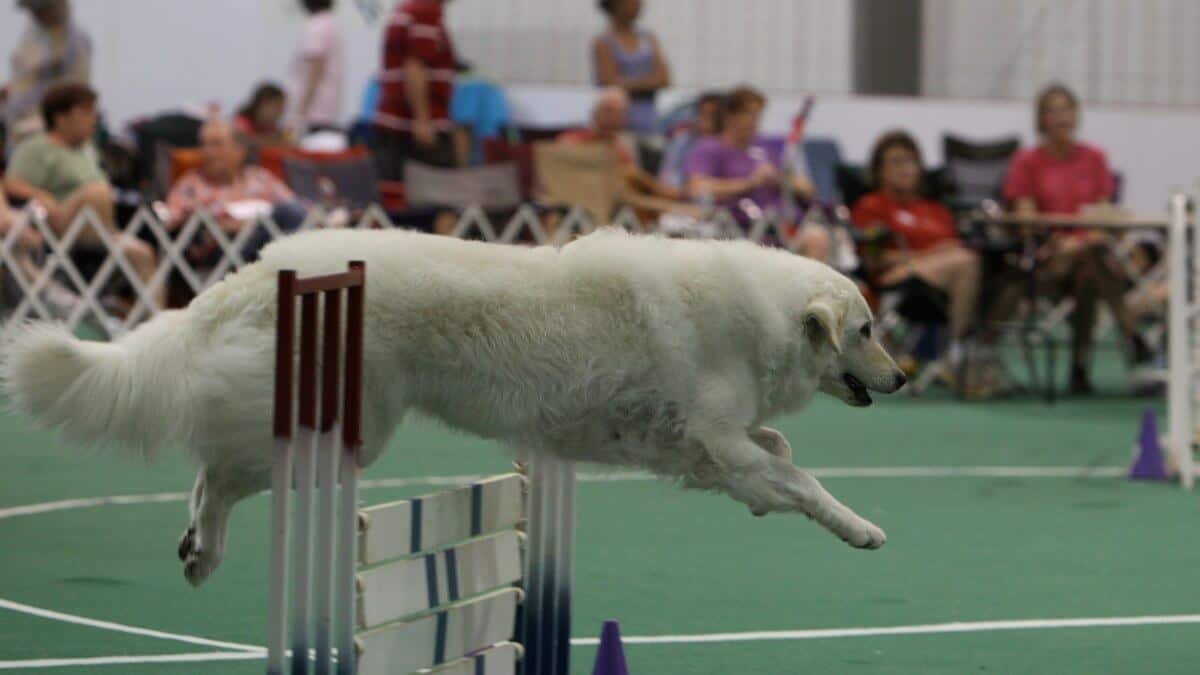
While it is reasonable to expect that easier access to international dogs would increase the breeding pool, this has not routinely proven to be true. Sadly, breeders in Europe—and specifically, Hungary—are facing problems similar to ours. Imports brought to the U.S. have added some genetic diversity but have not always provided desired qualities.
Conflicts relating to type have further reduced the gene pool because there is limited breeding across this “type barrier.” These conflicts confuse judges and prospective owners alike. The KCA Judges Education Council has developed an excellent, comprehensive tool for judges with visual aids defining type, as documented in the AKC breed standard and fully endorsed by the parent club, the KCA.
Today’s Kuvasz breeders clearly understand their responsibilities as guardians of our breed, mentors, educators, and trainers. As a result, breeders have equipped their Kuvasz with tools necessary to adapt to different environments, focusing on early and frequent socialization. Kuvasz breeders deserve recognition for their extraordinary efforts and profound gratitude for all that they continue to do for this remarkable breed!